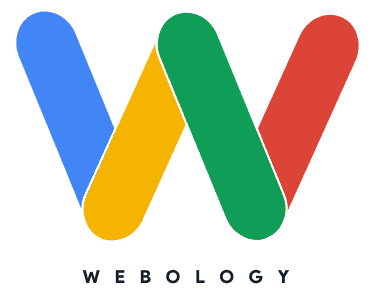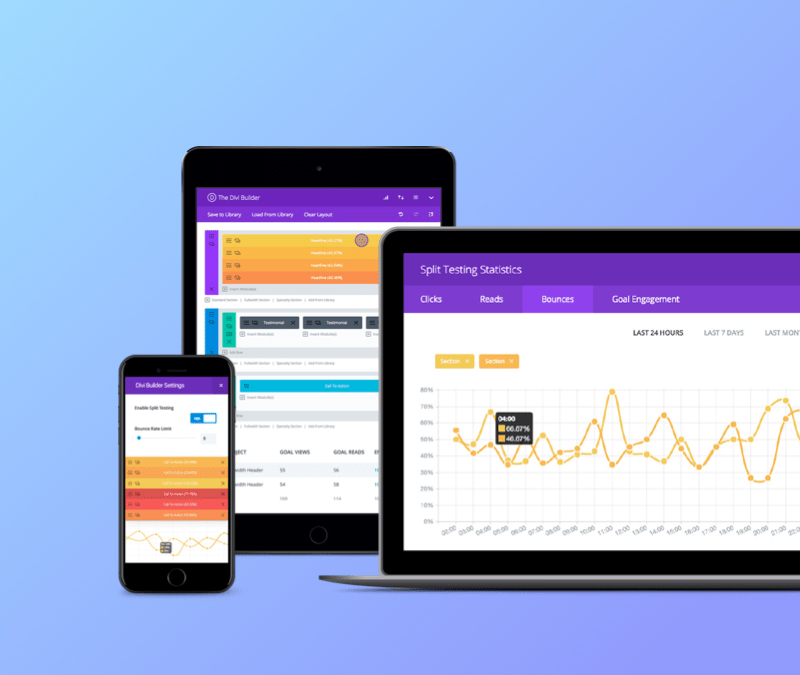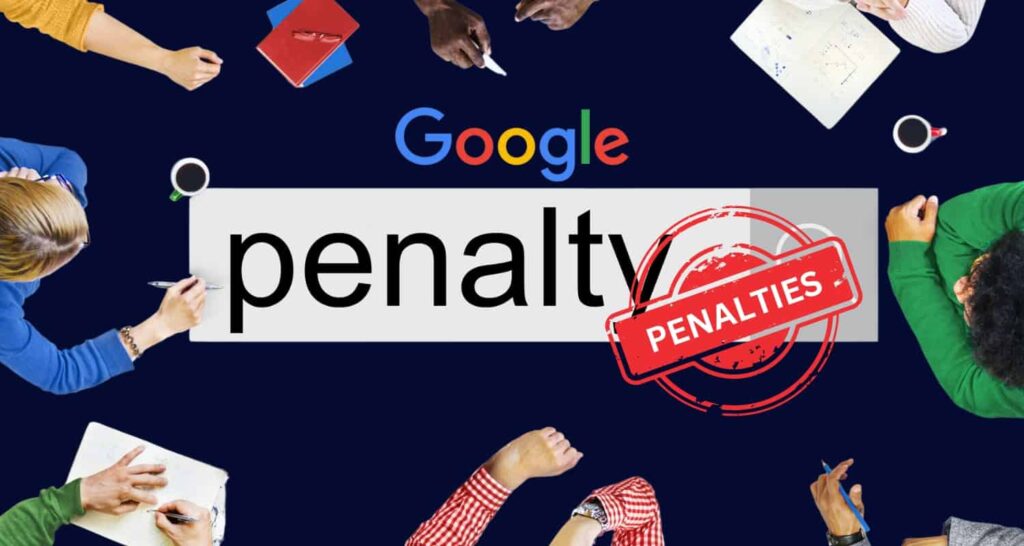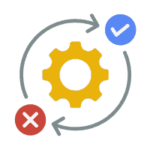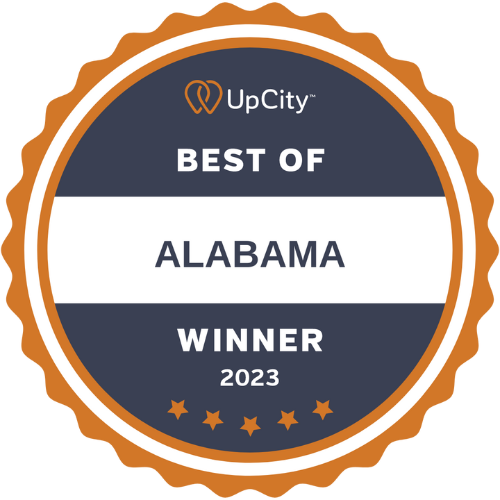An In-Depth Explanation of the Hummingbird Algorithm Update 
Table of Contents
Hummingbird came buzzing along shortly after the Panda and Penguin Google updates. It changed the way the Internet worked in a pretty drastic way that drove many SEOs out of the business. Google wanted an entire search query to be taken into account instead of just a few words here and there. The Hummingbird update has actually been referred to as a complete overhaul of the entire Google algorithm by many.
While some of the core elements of the algorithm stayed intact, for the most part, Hummingbird completely changed the way a website ranks in Google. It definitely threw business owners, digital marketing agencies, and website owners for a loop when their rank dropped in the days and weeks after the update. But how exactly did Hummingbird affect Google’s ranking systems? Let’s take a look.
“What is Google’s Hummingbird Update?”
“Hummingbird” is the name of one of Google’s major algorithm updates released in 2013. Hummingbird drastically changed the way search engine queries work. Before Hummingbird, Google only took out certain words in a search phrase and brought up results according to those words, rather than the query as a whole. That being said, it didn’t have as much of a negative effect on SERP’s as previous updates, such as the Panda or Penguin update, although many SEO agencies reported feeling the effects.
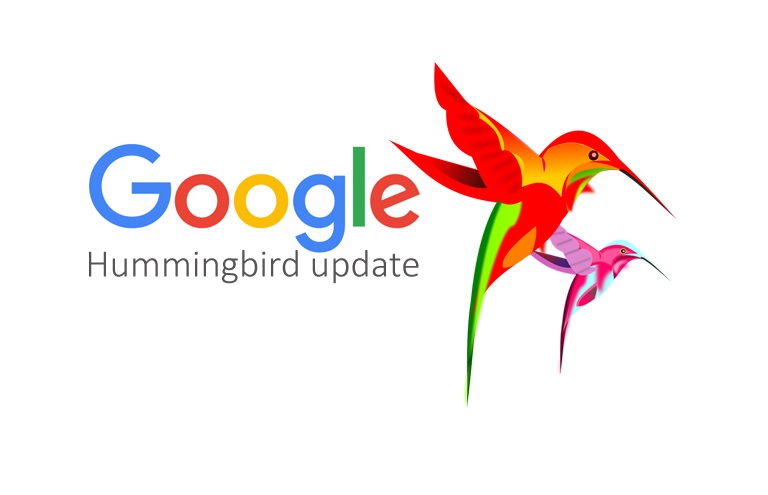
The Knowledge Graph and Semantic Search
The Hummingbird update had the most effect on the knowledge graph and semantic search. A whole year before Hummingbird was released, Google unveiled the knowledge graph. This isn’t an actual graph, but rather a set of Search Engine Result Page features that were designed expressly with the intent to provide quick and relevant answers to any query typed into Google.
If you’re curious about seeing the power of the knowledge graph in person, you can run an experiment by typing “Oatmeal Raisin Cookies” into Google and looking carefully at the results. Thanks to the knowledge graph, Google will not only display relevant sites to your query but also recipes, nutritional information and more on the right-hand side of your Search Engine Result Page. But how exactly is Google determining what the most relevant sites are for a query? The answer can be found by looking deeper into semantic search.

Semantic search is Google’s way of reading deeper into a search engine query and displaying the most relevant information according to the intent behind the search, not just the words themselves. For instance, Google won’t just pull up images if you type “meatloaf” into the search engine. Instead, it will provide you with everything you ever wanted to know about meatloaf that exists on the internet, from the most relevant and high-authoritative, to the least relevant and not as authoritative. As the machine intelligence of Google continues to grow, they will continue to learn about how to read into a search engine query, as well as understanding how people relate to things in the real world.
At a high level, you should understand that this technology isn’t exactly new. It’s just evolving rapidly. Semantic search relies on knowledge bases and ontologies that have been in development since the 1990s to allow for machine learning of human language. If you want to take a deep dive into the science behind it all, check out Entity Oriented Search. It’s an academic paper by Krisztian Balog that covers the complete history of this type of information retrieval. You’ll get a better understanding of why and how Google implemented the Hummingbird update but be warned, it doesn’t make for light reading!
The Main Purpose of Hummingbird
One of the main purposes of Hummingbird was to translate semantic search from just a concept on the page to a reality that eventually would become the industry standard. It created a search engine environment that would provide a user with the best and most relevant information. Long tail search queries delivered far more specific results after it’s adoption, allowing Google users access to more relevant information and an all-around better user experience in search.
Voice Search and the HummingBird Update
Google’s Hummingbird update, in a lot of ways, was a step down the path of mastering the skills of voice search. Google had to be able to understand search engine queries spoken in a natural language, and Hummingbird was like a paved highway leading to the city of perfection in voice search performance. We’ve to come to understand that a technology that can only understand search engine queries by a keyword here and there would never be able to harness the power of gauging the actual intent of a user.

The Hummingbird update was designed with the goal of eventually providing more relevant search results in a world of voice search. While anyone whose recently chatted with Siri or Google knows it’s not exactly perfect yet, voice search has come a long way and much of that progress wouldn’t be possible without the advances of Hummingbird.
HummingBird Paving the Way
While there was some fallout in the SEO community thanks to Hummingbird, the update did a very good job of keying the world of digital marketing into a much bigger plan. No longer would Google treat a search engine query like a string of keywords. Unfortunately for some, this also meant that websites that had fallen for the plague of keyword stuffing would feel the consequences of not having relevant, quality content on their websites. The only way a website owner could ensure his site wouldn’t feel the pain was to make certain that their site was speaking in a language that could be easily understood and that spoke the natural language of a user in their very own words.
TL:DR? If you skimmed through the article so far, that’s okay! Here’s a quick recap:
Google’s Hummingbird Update for a Web Publisher
If you’re wondering what Google’s Hummingbird update did to web publishers that stuffed keywords, let me paint the picture for you. Let’s say you build a house, and then every week for twenty years you add something to it and now you have to manipulate the foundation and structure of the entire house. All of the new additions to the house are nice, but they keep getting added to the side and now things are a really big, horrible mess.
You have to start from scratch if you are going to get anywhere. Complete annihilation and rebuilding article by article is the only path that makes sense. And this, in essence, is kind of a picture of what Google’s Hummingbird Update did for many publishers.
Hummingbird didn’t come along to bring new changes, necessarily. The Hummingbird update came along to pave the way for new changes like voice search and new SERP features. It was a brand new foundation of code in which the future of Google’s changes would be established.

In the end, Google’s Hummingbird update changed a lot in the way of how you can rank certain websites for certain long-tail keywords and search engine queries. Websites that publish useful information that matches a searcher’s intent not only had the opportunity to rank better locally as well as organically, but also the possibility of getting a SERP feature, such as an answer box or knowledge panel. Your highest SEO priority should be to deliver to a user exactly what they want in an easy-to-read format. And that’s why Google created Hummingbird. It is for the purpose of making searches that are much more accurate and useful. To recap:
- With the Hummingbird update, Google shifted its focus to understanding the context and intent behind a user’s search query, rather than just matching keywords. This means that simply stuffing your website with relevant keywords is no longer enough to rank high in search results.
- Instead, Google now prioritizes websites that provide valuable and relevant information to users. This includes not only the content itself but also factors such as user experience, website design, and mobile responsiveness.
- One of the biggest changes brought by Hummingbird was the rise of long-tail keywords. These are longer and more specific keyword phrases that help Google understand the intent behind a search query. As a result, targeting long-tail keywords has become essential for ranking well on search engines.
Need Help with a Google Penalty?
If your site’s been attacked by Google’s menagerie, don’t sweat it! We’ve been doing battle with pandas, penguins and the occasional hummingbird for years now! Webology specializes in penalty removal services, and we can help site owners recover their traffic in no-time. Just call (205) 671-2790 for a free initial audit of your website to get started.
